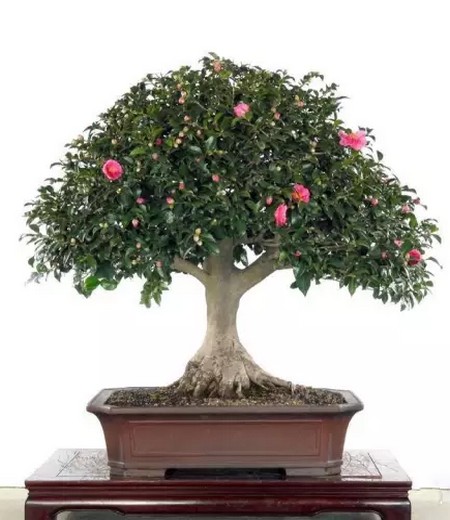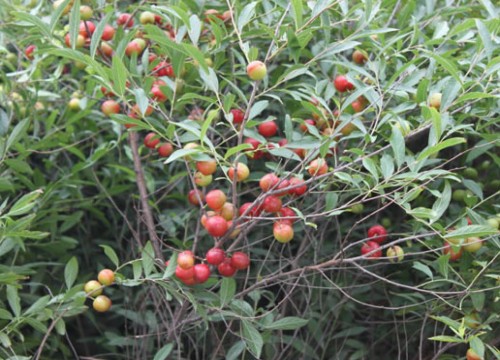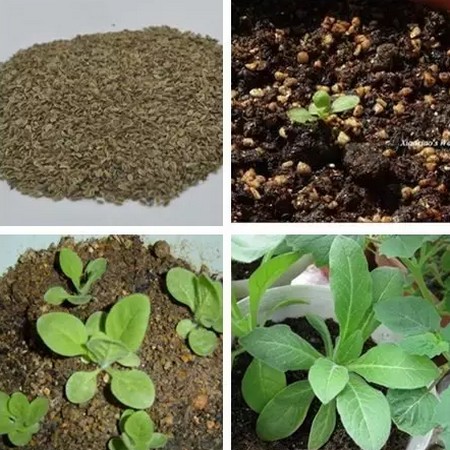To understand the propagation method of Camellia bonsai.
Camellia is one of the top ten famous trees in China, and it is also a famous flowering tree species in the world. Especially evergreen leaves, bright green, extremely gorgeous flowers, and flowers dense like brocade, can be described as a tree ten thousand buds, beautiful and lovely. Camellia originates from the southern provinces of China and Japan. The sex likes the warm and humid climate, grows well in the shade, is afraid of the hot sun exposure in the north, is not resistant to cold, and the overwintering room temperature should not be less than 6 degrees. The suitable temperature for growth is 15-25 degrees, and usually stops growing when it is above 29 degrees. Camellia is very strict with the soil and can only grow in acidic soil. If the soil is alkaline, the leaves will gradually yellowed and fall off, resulting in death.

Camellia can be sown, cut, or propagated by pressing and grafting. Most of the varieties with strong double petal can not bear fruit after anthesis, so the seeds can not be collected. The seeds of single-petal varieties can be collected to cultivate rootstock seedlings for grafting of double-petal varieties. After the seeds are ripe, it is best to sow along with the harvest. If spring sowing is carried out, the seeds should be stored in sand for a winter and sown from February to March in the second year, and seedlings will not emerge until more than 2 months after sowing.
Cutting propagation requires pre-treatment of branches. In September, select the full-growing annual branches, cut off the lower leaves, each branch has only 3 leaves, and then select the appropriate part to cut off a circle of cortex, the wound part will gradually grow a ring of tumor-like healing. In late January of the following year, the branches were cut off from the bottom of the healing body, wrapped in mud or peat, and then inserted into the moist Suhe sand to make it take root and sprout. The survival rate of this hair is high and the hair root is fast.
In the case of small reproduction, the high branch pressing method is mostly used. High branch pressing was carried out in late September, and from April to May of the following year, 10 trees were cut off from the mother, planted in a large flowerpot and maintained in the shade. After one year of growth, the seedlings were divided into pots in March of the second year. As long as they were carefully nurtured, they could bloom before the Spring Festival.
Grafting has branches and buds, usually with camellia oil or single camellia as rootstock. The branch grafting is carried out from May to July, and the cutting is generally cut off at about 5 cm from the ground, with a depth of about 1.5 cm in the center of the rootstock, with a scion length of 3 cm and 5 cm, with 1 leaf and 2 leaves, cut into the lower part of the rootstock, and inserted into the incision of the rootstock. After binding the cambium, and then moisturizing the outside with a plastic bag cover, the lower mouth should not be tied too tightly. For some precious varieties which are not easy to take root, the grafting method is mostly used, usually from May to June. After about 3 months of grafting, after the interface has healed firmly, the scion should be cut off from the base of the interface, the moose mother; at the same time, the rootstock should also be cut off from the upper end of the interface to make it a new plant.
There are many propagation methods of camellia, both sexual reproduction and asexual reproduction can be used, among which cutting and grafting are the most common.
Tools: blades, grafting clips
Methods and steps:
1. Cutting method
- Prev

Master the method of cultivation and propagation, the sowing method of potted Coptis chinensis
In recent years, in late autumn, there are always people who are keen to go to other places to watch red leaves. In fact, the leaves of Coptis chinensis, a native red-leaf tree, are more beautiful than those of yellow, maple, and maple trees from other places. So, how to sow the bonsai of Coptis chinensis
- Next

How to cultivate strong seedlings? how to cultivate strong seedlings of tobacco?
Before accelerating germination, tobacco seeds should be exposed to 15-20 ℃ sunlight for 2-3 days to improve their germination energy and germination rate. To cultivate strong seedlings: first, adopt the new technology of raising seedlings with double-layer film paper tube, the diameter of the paper tube is not less than 4 cm, the height is 6-7 cm, each flat.
Related
- Fuxing push coffee new agricultural production and marketing class: lack of small-scale processing plants
- Jujube rice field leisure farm deep ploughing Yilan for five years to create a space for organic food and play
- Nongyu Farm-A trial of organic papaya for brave women with advanced technology
- Four points for attention in the prevention and control of diseases and insect pests of edible fungi
- How to add nutrient solution to Edible Fungi
- Is there any good way to control edible fungus mites?
- Open Inoculation Technology of Edible Fungi
- Is there any clever way to use fertilizer for edible fungus in winter?
- What agents are used to kill the pathogens of edible fungi in the mushroom shed?
- Rapid drying of Edible Fungi

